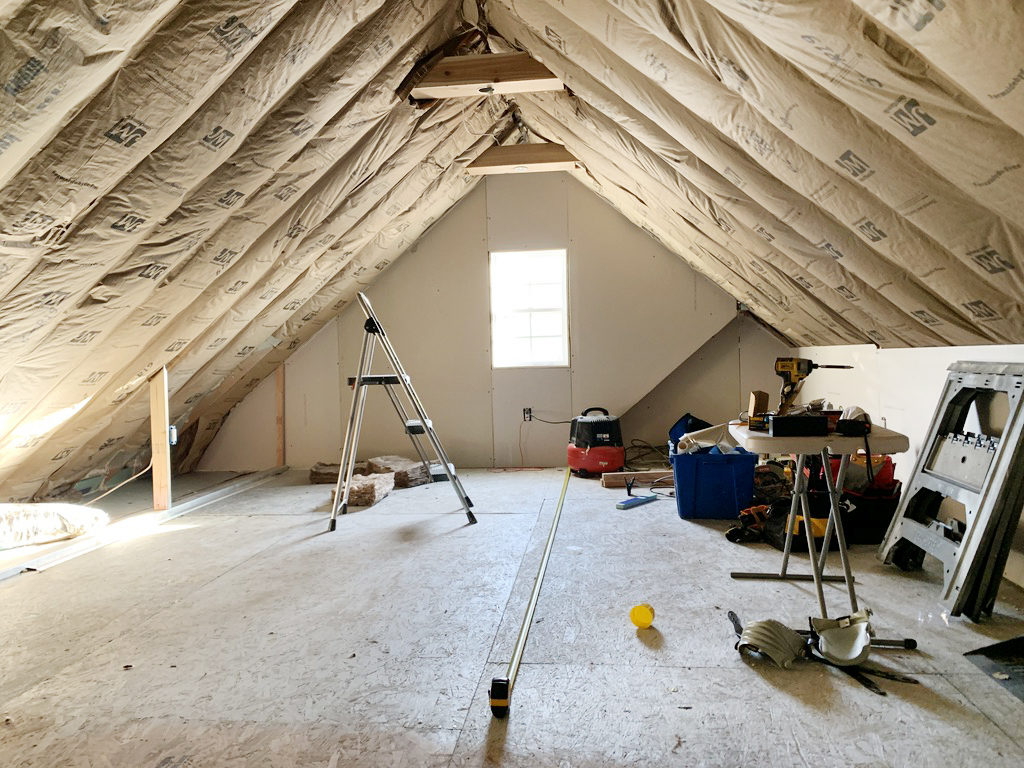To solve the problem architects and builders turn to expol s rigid foam insulation boards for easy installation and the highest standard of thermal.
Insulating a narrow roof space.
The hot roof design allows more insulation to be installed in the roof cavity as the need for a vent space is eliminated.
Insulating narrow roof spaces is easy with expol s range of ceiling insulation boards.
It creates a breeding ground for mold and mildew and ruins the air trapping pockets that block heat flow.
Look for water stains on the roof sheathing or damp or moldy spots on attic joists and existing insulation as a clue to where leaks might be.
Insulate water heaters to prevent costly energy loss.
This will help to avoid your roof space becoming.
For example cathedral ceilings built with 2x12 rafters have space for standard 10 inch batts r 30 and ventilation.
Use foam that s labeled for window and door insulating.
Insulating a sloping roof.
Keep moisture out of the uninsulated space of the roof.
Most roof systems require venting.
It s worth insulating the sloping insides of a pitched roof in order to conserve heat if the space is to be used for anything except simple storage.
Narrow roof spaces like skillion roofs are often the most difficult part of a building to insulate.
Condensation causes mold and other moisture problems.
Look for insulating pre cut jackets or blankets with an insulating value of at least r 8.
For a warm roof solution you will need to install insulation in the plane of the roof pitch that is immediately below the sloping roof.
If there s still space around the window after the foam cures lightly stuff the remaining space with strips of fiberglass insulation.
Adding insulation to your water heater can reduce standby heat losses by 25 to 45 percent.
This minimal expanding type reduces the chance of warping the jamb.
Venting is necessary to remove any moisture that comes from the inside of the home into the insulated space and causes condensation.
Currently the two smaller attics have zero insulation so anything would be an.
The principle behind a flat roof is the same as with a sloped roof.
Box out light fixtures.
Insulate your attic outer walls and crawl space first as these areas have the most heat transfer.





























